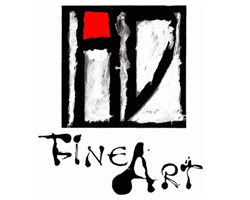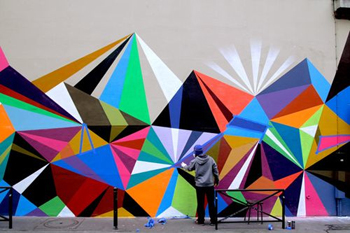Product Description
Peter Svenson, “Triangle Painting”, Oil on canvas 1976


PETER SVENSON (b. 1944)
“Triangle Painting” 1976
Oil on Canvas
Signed: Peter Svenson 1976, Turkey Shoot (on the stretcher) and canvas on verso.
H: 41 ½” x W: 48”
Nationally recognized artist and writer Peter Svenson was born in 1944 and received a bachelor of arts degree from Tufts University and a masters of fine arts in painting from the University of North Carolina.
Svenson created “Turkey Shoot” in 1976 based on color field painting theories. The triangular shaped canvas is unusual in this style of painting, the lines are precise, the paint is thinly laid on the primed canvas in flat primary and secondary colors. “During the late 1950s and 1960s, color field painters emerged in Great Britain, Canada, Washington, DC and the West Coast of the United States using formats of stripes, targets, simple geometric patterns and references to landscape imagery and to nature.” Some of the artists of the Washington Color School included Gene Davis, Morris Louis, Kenneth Noland and Sam Gilliam.
Peter Svenson’s work relates to this group of Washington color field artists working in the style in the 1950s, 60s and 70s.
Peter Svenson, “Triangle Painting”, Oil on canvas 1976
